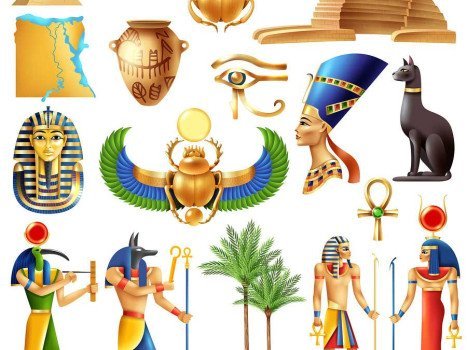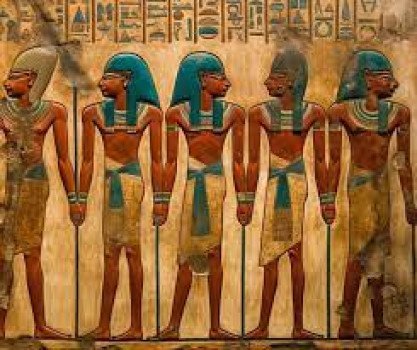Wadjet Goddess | The Serpent Goddess
Wadjet: Ancient Egyptian Protector Goddess
Wadjet, also Buto, Uto or Edjo was a powerful goddess depicted as an elapid snake coiled around a papyrus stem. Along with Nekhbet the vulture goddess of Upper Egypt she protected the pharaoh and was often shown with the king’s crown, meaning she ruled Egypt.
Mythological Role
In Egyptian mythology Wadjet was a guardian and a nurturer. She nursed the young god Horus and helped his mother Isis protect him from the evil god Set. This mythological story is similar to Greek myths which is why Wadjet was later associated with Greek and Roman deities.
Cultural Significance
Historically Wadjet was worshipped in the delta region as a protector of borders. In northern Egypt she was also a goddess of childbirth and children. Over time her role expanded to include protecting kings, reflecting her dual nature as a fierce protector and the counterpart to the nurturing aspect of her sister Nekhbet.
Symbolism and Depictions
Wadjet was often shown as an elapid snake or with the head of a snake emerging from the forehead of rulers. Her protective role is evident in the funerary mask of Tutankhamun. She was also shown as the eye of divine vengeance and sometimes as a lion, meaning she was a guardian against chaos and injustice.
Cultural Practices
In rituals Wadjet was associated with the genus Herpestes, the mongoose and the shrew mouse, both day and night. These were mummified and buried as offerings to her.
 English
English
 Español
Español
 Chinese
Chinese
 français
français
 português
português
 Italian
Italian
 Russian
Russian
 Czech
Czech
 Deutsch
Deutsch
 Japanese
Japanese









